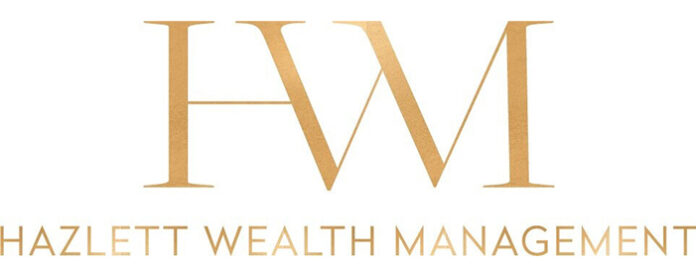BY SUZANNE HAZLETT, MBA, CIMA®, CFP®

When saving for a child’s education – perhaps even for your own – you have options. Here’s a quick introduction to four common savings accounts to help you decide which education funding strategy is right for you.
529 SAVINGS PLANs are flexible, state-sponsored savings accounts that can cover qualified primary, secondary, and college expenses in the United States and some foreign locations. These plans typically invest in portfolios of mutual funds. Earnings in 529 plans are not subject to federal tax and, in most cases, state tax, as long as you use withdrawals for eligible education expenses, such as tuition and room and board. However, suppose you withdraw money from a 529 plan and do not use it for an eligible education expense. In that case, you generally will be subject to income tax and an additional 10% federal tax penalty on earnings.
529 PREPAID PLANs offer many of the same features and options as a 529 savings plan, with one important distinction – they allow you to purchase a certain percentage of tuition credits for in-state college programs over time that is guaranteed to be equivalent to the same percentage of tuition in the future. They are limited to public in-state colleges and universities, and many prepaid plans have residency requirements.
UGMA/UTMA custodial accounts, established under the Uniform Gifts to Minors Act (UGMA) or Uniform Transfers to Minors Act (UTMA), allow adults to transfer assets to a minor without establishing a trust. These accounts are not specifically designed for education but can be used for any purpose that benefits a child. The assets held in UGMA or UTMA accounts become legally owned by the beneficiary when the minor reaches the age of majority.
COVERDELL EDUCATION SAVINGS ACCOUNT (ESA) formerly known as the “education IRA,” this savings alternative is a trust or custodial account used for education expenses. A Coverdell ESA allows tax-free growth and tax-free withdrawals for education expenses. A significant drawback of the ESA is its relatively low annual contribution limit, up to $2,000 per beneficiary. There are also income limits for contributors, adjusted periodically.
Funding for a college education is one of the most important financial goals you can have. Whether you are a parent, guardian, or student, understanding and comparing different savings options can help you plan better.
Suzanne Hazlett, MBA, CIMA®, CFP®, is a Certified Investment Management Analyst® and CERTIFIED FINANCIAL PLANNERTM professional. Investment advisory services are offered through Raymond James Financial Services Advisors, Inc. Securities are offered through Raymond James Financial Services, Inc., member FINRA/SIPC.. HAZLETT WEALTH MANAGEMENT, LLC is independent of Raymond James and is not a registered broker/dealer. 675 Sun Valley Road, Suite J1 + J2, Ketchum, Idaho, 83340 208.726.0605 HazlettWealthManagement.com



